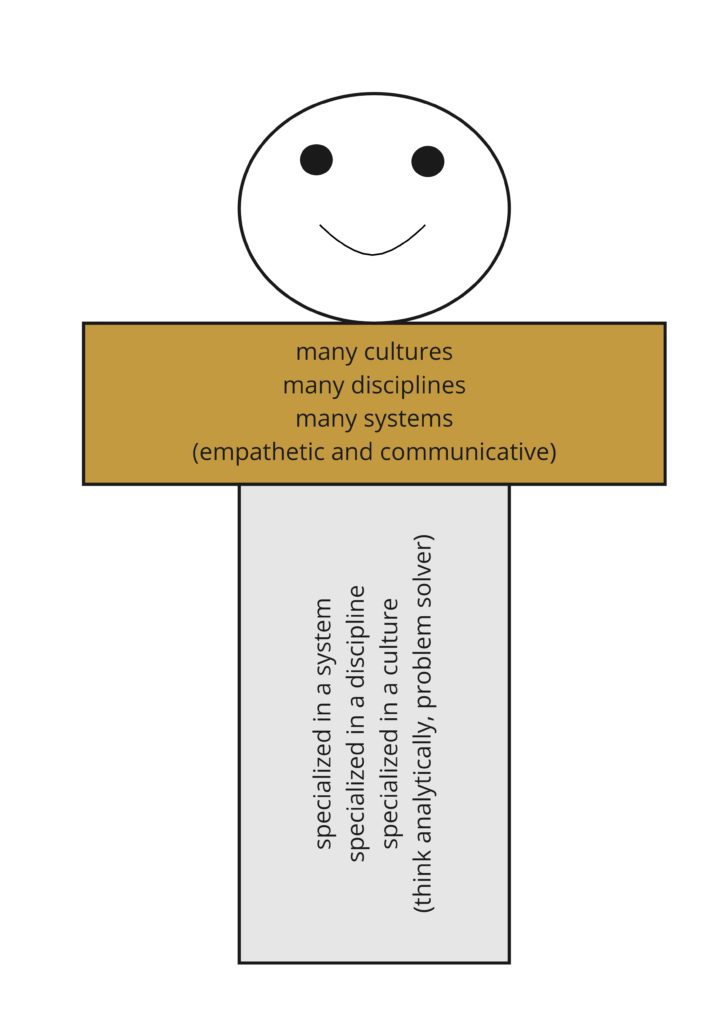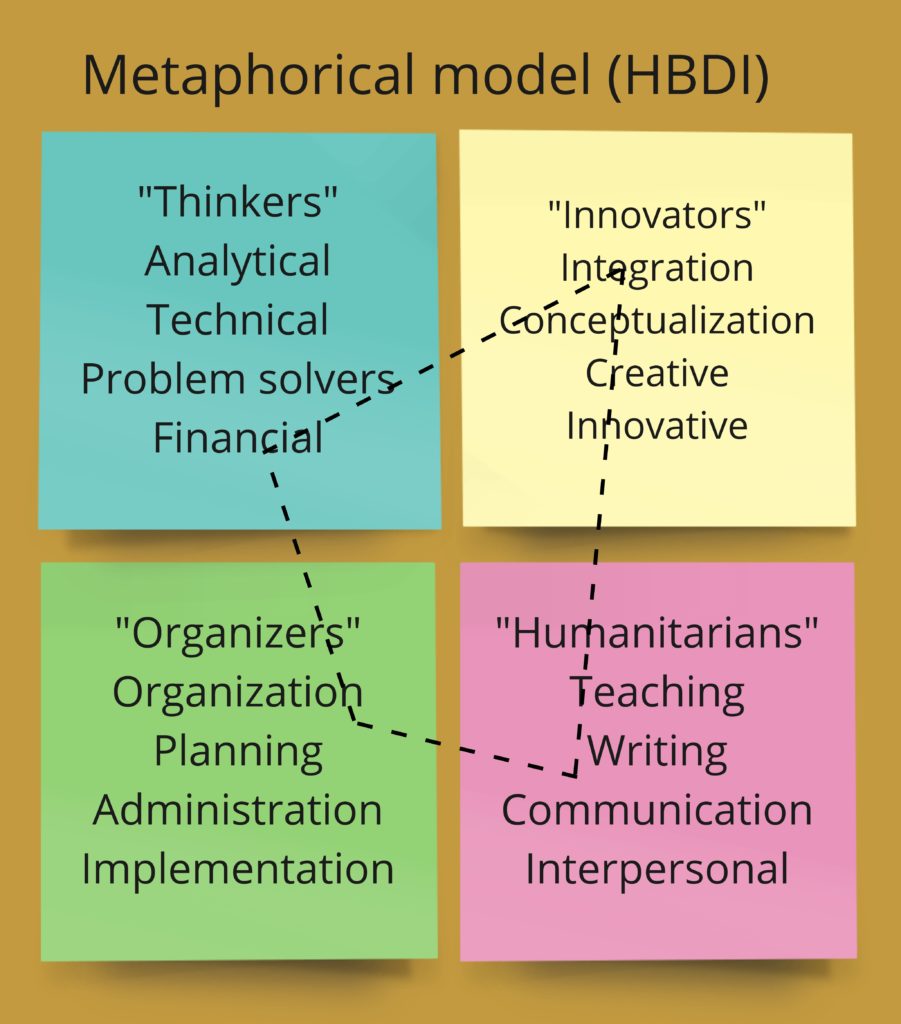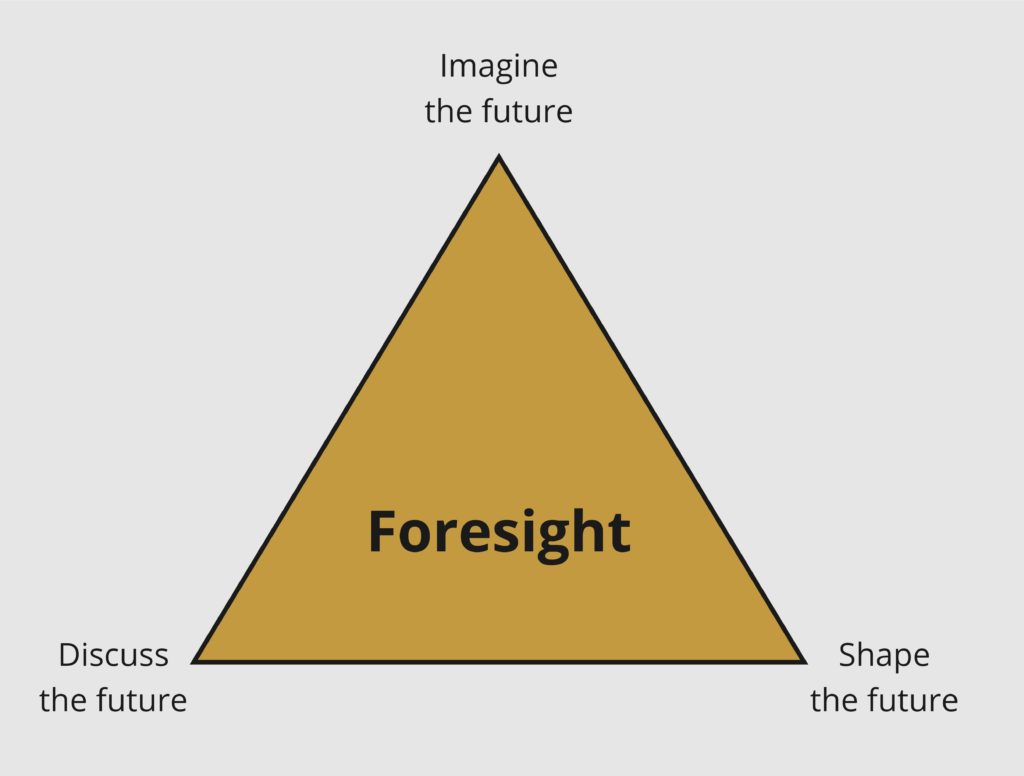In the previous part we showed how using some design thinking processes can bring ideas into reality and meet customers’ jobs. Now let’s get a little into psychology!
Design thinking and coming up with ideas require a creative space. In most offices, bulky furniture will not let the creative energy flow and will make people work individually at their desks. Things such as natural light and enough free space for each person are necessary. To make a creative space, we go by a motto: “Less is more.”
We start by emptying a room and making sure that it can have natural light. Then we add some chairs and stools, stackable ones because they can open up more space if necessary. Next, we have to add the things that are required for the making of our prototypes like flip charts and whiteboards. It is better to have every board on a roller so when the design became boring, you can change it. adding a table is optional only if you have enough space but make sure it is lightweight and not a simple rectangular one.
These were the first steps of making a creative room and space but after this, you can experience what works better for your goals and design the room based on your needs.
After designing the creative space, you design the work environment which also consists of the people and the teams. In a multidisciplinary team, each problem is handed to an expert and he finds the solution individually. But an interdisciplinary team is one that every member of the team feels comfortable to share ideas and the end solution comes from the collective ideas and everyone has a part in it and this is the better team for design thinking.
Dorothy Leonard-Barton introduced a concept called the T-shaped people that shows the required qualities and characteristics of a member of an interdisciplinary team:

Six rules of a good interdisciplinary team are:
- They work as a team with a common vision.
- Each step is led by the expert but others also contribute.
- The members are used to and have developed empathy for each other.
- Everybody trusts and has respect for another.
- They give each other constructive feedback and become better as a team not individually.
- Each one knows about the procedures and knows how to meet the standards.
It is better to have a team that thinks differently so you can see every aspect of a problem. To do that, a metaphorical model (HBDI) was developed that categorizes people into four types and you need all four in your team.

Members must be able to visualize their ideas. Visualizing is not the same as drawing because it happens in the mind but drawing is a great way to share your visualizations with your team. You do not have to be a good drawer but you should try to show the important elements schematically.
In a good visualization we:
- Focus on necessary things and leave the rest.
- Get specific.
- Make our drawings simple and understandable.
And it consists of:
- Content: what is it for?
- Goal: why and for what purpose?
- Target group: for whom is it for?
- Medium: what can we use?
We should not put too much text on a visualization paper or board so again keep our motto in mind: “Less is more.” The only way to get good at visualizing is to practice it and start applying it and learn from experience, just like learning a language.
A good story helps the team to understand the process and makes the customers grow a desire to buy a product. storytelling for a product will make the customers daydream about it and by buying the product, they turn those fantasies into reality and experience them.
We usually categorize stories and marketing them into three types:
- Commercial stories from manufacturers like energy drinks
- Lifestyle stories from and about users like luxury items and cars
- Stories with the character of a specific memory that are based on personal memories.
A good story includes:
- An emotional start that hooks the listener.
- A good protagonist.
- Problems that the protagonist faces.
- A visible development.
- A peak and climax that concludes the story.
To stay motivated, it is good to always have our goals on our minds. You can start by asking “why” and then you will understand the purpose of each one of your actions. Good leaders know what they do, why they do it, and how they do it. Simon Sinek invented a golden circle that consists of questions that will lead you to your purpose and reasons.
they are sorted by their importance:
WHY:
- Why are we doing what we are doing? What are our purposes and beliefs and end goal?
This leads you to your purpose.
HOW:
- How are we doing want we want to do? What is the process of realizing the “why”?
This shows you the process you must take.
WHAT:
- What do we do? What are we doing to realize the “why”?
This leads you to the wanted results and products.
After making a creative space, gathering an interdisciplinary team, and making a good story, you act as a facilitator and engage the team with design thinking and being creative. A facilitator may use different methods but they all rely on nine principles:
- “Assumptions and conclusions.”
We tend to make assumptions without even noticing and jump to conclusions and consider them the truth but the assumptions need to be tested.
- “Sharing of relevant information.”
We must consider all the information from the ones that are directly in contact with the question to the ones that only influence the process.
- “Use of specific examples.”
Piling up information will make things harder. We must exclude the unnecessary ones and become more specific.
- “Explanation of the intention and the conclusions.”
Our intention is aligned with our purpose and sharing and explaining that insight with our team will put us on the same page.
- “Focus on interests, not on positions.”
Good groups share their interests in order to develop common interests.
- “Combination of advocacy and inclusion.”
Exchange in any discussion is important and it should not get one-sided so we must allow contributions from others.
- “Finding a design for the next steps and testing the differences.”
Groups themselves are the deciders of what they discuss and design the steps for implementing them.
- “Discussion of topics that can’t be discussed.”
Groups should develop the courage that allows them to discuss even the topics that seem impossible to discuss.
- “Support of decision-making processes on the basis of an adequate commitment level.”
There are many types of decision-making processes and we must not resist a certain type.
And a good facilitator must:
- Create relationships: Making good collaborations and defining the important values, purposes, and goals.
- Find suitable processes and methods: Selecting the right methods and planning processes are done by the facilitator and are important for open participation.
- Make a participation-oriented environment: The collaboration and exchange of ideas by members are valuable and communicative skills must be improved.
- Lead to meaningful results: Right methods and process steps will lead the group to meaningful results and a facilitator with self-awareness is required.
- Have a breadth of knowledge: The facilitator’s knowledge will allow him to understand other members and connect them together.
- Positive attitude: Facilitators must lead by example and their attitude will influence the group’s morale so they should keep a positive one.
Now that we know what must be done and how we should act, we learn how to change the current structure of our company. The most important thing that companies rely on for change is the UX. Many companies are transitioning from industrial manufacturing to servitization because the customers demand it and the success of a product is not defined by the quality of it, but by the happiness of the customers that use it.
The difference of a successful business is that it shifts all of its focus on the customer and puts the fulfillment of their needs at the center of their plan. This is called customer-centricity which needs to be measured in a company and improved little by little.
A design thinker must have strategic foresight which means having a mindset to shape the future into what we desire and be on the hunt for big opportunities instead of waiting for things to happen by themselves. It is done by small everyday activities that slowly make that dream future into reality.

Having a creative space with an interdisciplinary team makes design thinking and coming up with ideas so much better. And after that, we must do our visualizing and come up with a good story in the creative room and the facilitator is responsible for the engagement of all the members [in the brainstorming sessions.]. Each idea that turns into a product or service must be evaluated by the customer experience and a leader must have the foresight to see into the future and find the needs that people might get.









